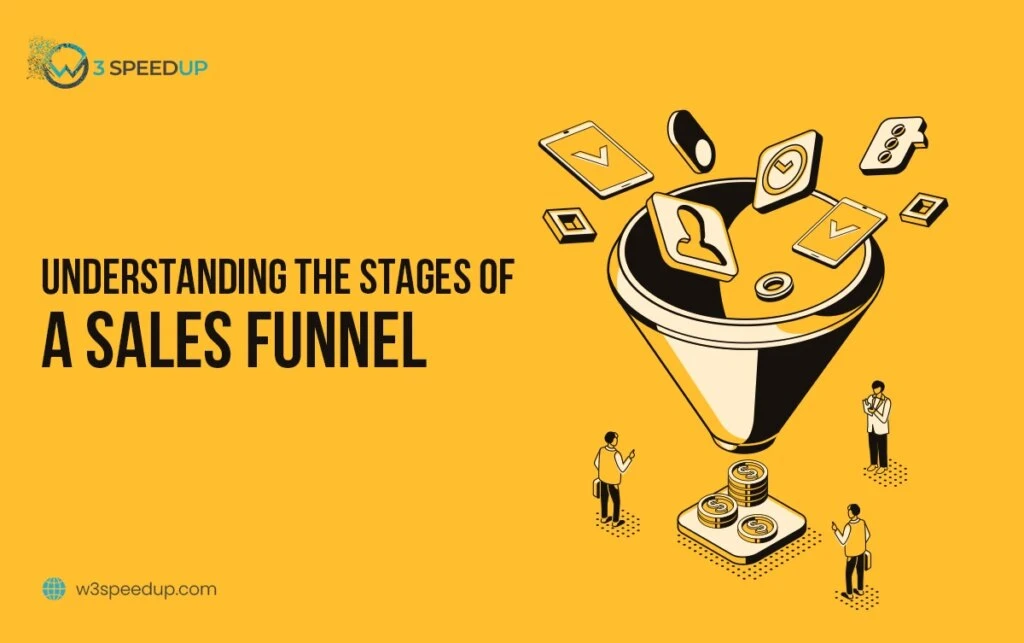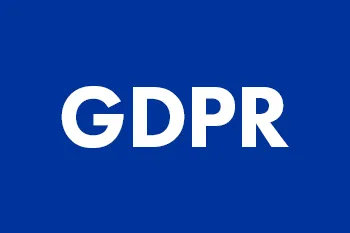With regard to the world of online marketing and advertising, it is critical to grasp the levels of a sales funnel to know how to help potential buyers make a purchase. In addition, a properly shaped, i.e. market focused, sales funnel helps in outlining the present position of potential customers pertaining to the purchasing action and focuses the marketing elements on the relevant customers. The article will analyze the sales funnel stages, why each of them exists, as well as how they relate with the contemporary advertising including connected TV advertising, OTT advertising, performance marketing.
What is a Sales Funnel?
A sales funnel is defined as an illustrative guide that shows the process that a consumer follows when he or she discovers a product or service before making a purchase. This can be depicted as a funnel with a wide opening at the end to capture all the potential target markets, all the way towards the conclusion which has fewer potentials and encourages purchase.
 Importance of Understanding Sales Funnel Stages
Importance of Understanding Sales Funnel Stages
Targeted Marketing: When a marketer knows what stage a potential customer is in the sales funnel; this gives them the enablement to design their advertisement strategy in a way that meets particular demands.
Efficient Use of Resources: Determining which level of the funnel requires more resources or which level after analyzing the effectiveness of different marketing strategies would assist in instituting better focused and more efficient marketing campaigns.
Enriched Customer Experience: Effective funnel management tends to benefit enhancing the customer life cycle as they experience satisfaction and a sense of belonging toward the brand.
What is a Sales Funnel?
 Awareness
Awareness
The first stage of the sales funnel is Awareness which is when the candidates in the target market’s head start to register the existence of a particular product or service. This is a very important stage to build the curiosity in order to have the target.
 Strategies to Increase Awareness
Strategies to Increase Awareness
Content Marketing: Potential customers can be captured by writing blogs, making videos, and incorporating images.
Social Media Advertising: Facebook and Instagram and such other sites can be used for demographic targeting.
Connected TV Advertising: Ads that are very effective, especially now because a lot of people are abandoning television ads to subscribe to video-on-demand platforms.
 Interest
Interest
Once the prospects become aware about your offering, we take them to the second stage of ’Interest’. In this category, they would rather aim at getting further details and start looking out for alternatives.
 Strategies to Cultivate Interest
Strategies to Cultivate Interest
Email Marketing: To ensure prospects do not go cold, useful content about the products should be sent via email as much as is possible even though there are no expectations to for return immediately.
Webinars and Live Demos: Delivering significant portions of your value proposition through free webinars or product demos can help eliminate concerns about engaging with your company.
OTT Advertising: Ads through fast providers are beneficial as they offer more liberty in terms of whatever content is suitable to the viewer thereby improving attitude.
 Consideration
Consideration
In the Consideration stage, prospects assess the options available to them as well as the likelihood of making a purchase. This thought process is very important in the sales funnel since it is the point where several factors affect decisions such as trust and value.
 Strategies to Encourage Consideration
Strategies to Encourage Consideration
Customer Testimonials and Reviews: With the substitution of negative reports with positive reviews, it will help in gaining the customers’ trust.
Detailed Product Information: Comprehensive information about the features and benefits of the product can be useful in helping the customer make a decision.
Case Studies: Other customer success stories can be shared to demonstrate effectiveness and encourage prospects to consider your offering.
 Intent
Intent
Actions that signal that a prospect is intent on making a purchase mark this stage – the Intent stage. This could be seen where a prospect adds some items to their shopping basket or calls for a quote.
 Strategies to Foster Intent
Strategies to Foster Intent
Retargeting Ads: Advertising to users that visit your site can help them remember their interest.
Limited-Time Offers: Making prospects desire the goods through offering discounts for a specific period can resolve such prospects.
Personalized Email Campaigns: Email campaigns can be influenced by user’s activities which can serve the purpose of convincing them to take action and purchase.
 Strategies to Foster Intent
Strategies to Foster Intent
In the Evaluation stage, prospects are considering your provided product in relation to one provided by another supplier, actively obtaining third-party opinions, and making the final decision.
 Dynamics of the Evaluation Process
Dynamics of the Evaluation Process
Side By Side Comparison: Complement the unique selling point by taking a side-by-side comparison with competing brands or products.
Consultations: Focused individual optimum levels can be reached through health consultations.
Programmatic Advertising: Serving relevant ads at different touch points based on user data to drive the evaluation process can be very effective.
 Purchase
Purchase
Purchase comes last, where the prospective buyer has been motivated to make a purchase. This represents the apex of all marketing and it is important to make this as effortless as possible.
 Strategies to Avoid Hitches in the Purchase
Strategies to Avoid Hitches in the Purchase
Easy Checkout Process: Making things easy for customers when it comes to subscriptions can help lower the rate of cart abandonment.
Multiple Payment Options: Providing various payment options gives ease of use to clients.
Post-Purchase Follow Up: Thank you emails and reminders to review products help in retaining and developing clientele.
 Post-Purchase Engagement
Post-Purchase Engagement
Though it may lie outside the sales funnel ordinarily or in a strictest way, Post-Purchase Engagement is very important in keeping customers coming back.
 Strategies for Post-Purchase Engagement
Strategies for Post-Purchase Engagement
Loyalty Programs: Introducing reward schemes can facilitate repeat orders.
Feedback Surveys: Solicit the opinions of the customer in order to get some custom insights and to let them know that they matter.
Continuous Communication: Sending people information related to the new or existing products and services helps in reminding them of the brand.
Mapping Your Sales Funnel to Digital Marketing Strategies
Know the various stages in the sales funnel is important for the effective usage of digital marketing. At each stage, specific strategies should be employed in order to convert prospects into buyers in an efficient manner.
 Connecting CTV with OTT Advertising
Connecting CTV with OTT Advertising
Connected TV and OTT Advertising is an ideal funnel management strategy within digital environments in this day and age. Precious is the data about what content potential customers are interested in and what they are watching.
 Benefits of Advertising on CTV
Benefits of Advertising on CTV
Broad Reach: Ability to reach out and effectively engage with the target audience.
Engagement: Geralds notes that viewer’s engagement is high because video is even more an engrossing medium.
Brand Awareness: Create a sense of brand awareness during the interest and awareness phases.
 Adopting Performance Marketing
Adopting Performance Marketing
It can be realized that performance paradigms can be used effectively to improve advertising across the funnel. In his her cross functional team, advertising, target metrics will make them optimize utilization of budget and return on investment.
 Core Thoughts On Performance Marketing
Core Thoughts On Performance Marketing
Data Analysis : Evaluate the performance of campaigns, drives revision of the campaign.
Targeted Campaigns: Develop communications for specific audience segments based on database information.
Multi-Channel Approach: There is a need to integrate social media, email and programmatic advertising channels as a strategy.
Conclusion
Every marketer looking to improve their online marketing efforts must know the stages of a sales funnel and conversion process. In tending to the target audience from the awareness stage to the purchase stage, and implementing the use of connected TV advertising and performance marketing, one is guaranteed of higher conversion rates. It is not just a matter of changing but it is important in the current field of advertising with its ever-changing advancements.



